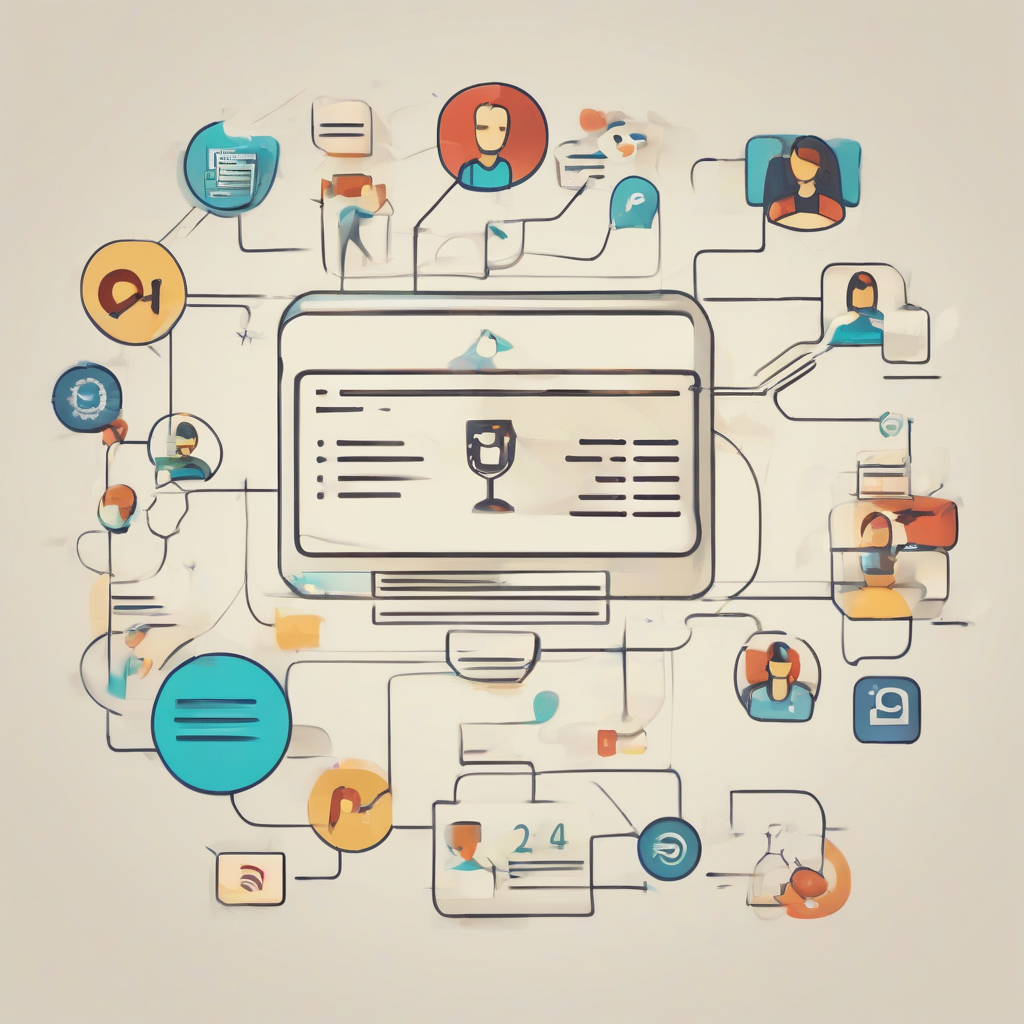Unlocking Customer Success: A Deep Dive into Customer Relationship Management (CRM) Systems
In today’s fiercely competitive business landscape, understanding and nurturing customer relationships is paramount to success. This is where Customer Relationship Management (CRM) systems step in, offering businesses a powerful toolkit to manage interactions with current and potential customers. But what exactly *is* a CRM system, and how does it contribute to a company’s bottom line? This comprehensive guide delves into the intricacies of CRM, exploring its core functionalities, diverse applications, and the benefits it brings to organizations of all sizes.
What is a Customer Relationship Management (CRM) System?
At its core, a CRM system is a technology for managing all your company’s relationships and interactions with customers and potential customers. The goal is simple: improve business relationships. A CRM system helps companies stay connected to customers, streamline processes, and improve profitability. It’s more than just a contact list; it’s a centralized hub that integrates various data points, allowing businesses to gain a holistic view of their customers and their interactions.
Think of it as a digital command center for all things customer-related. It consolidates information from multiple sources, such as sales, marketing, and customer service, providing a single, unified view of each customer’s journey.
Key Features of a CRM System
- Contact Management: Centralized storage and management of customer information, including contact details, communication history, and purchase history.
- Sales Force Automation (SFA): Tools to streamline the sales process, such as lead management, opportunity tracking, and sales forecasting.
- Marketing Automation: Automated marketing campaigns, personalized email marketing, and lead nurturing capabilities.
- Customer Service and Support: Tools for managing customer inquiries, resolving issues, and tracking customer satisfaction.
- Reporting and Analytics: Dashboards and reports to track key metrics, analyze customer behavior, and identify trends.
- Social Media Integration: Connecting CRM data with social media platforms to monitor brand mentions and customer interactions.
- Workflow Automation: Automating repetitive tasks to improve efficiency and reduce manual errors.
- Mobile Accessibility: Accessing CRM data and functionalities from anywhere, anytime, via mobile devices.
- Integration with other systems: Seamless integration with other business software such as accounting, email marketing, and e-commerce platforms.
Types of CRM Systems
CRM systems are not one-size-fits-all. They come in various forms, each tailored to specific business needs and sizes:
- Operational CRM: Focuses on automating and improving business processes related to customer interactions. This includes sales force automation, marketing automation, and customer service.
- Analytical CRM: Utilizes data analysis to gain insights into customer behavior, preferences, and trends. This information can be used to improve marketing campaigns, personalize customer experiences, and enhance customer service.
- Collaborative CRM: Facilitates communication and collaboration among different departments within a company, improving customer service and overall customer experience.
- On-Premise CRM: Software installed and maintained on a company’s own servers. Offers greater control but requires significant IT infrastructure investment.
- Cloud-Based CRM: Software hosted on a third-party server and accessed via the internet. Offers scalability, accessibility, and lower upfront costs.
Benefits of Implementing a CRM System
The advantages of incorporating a CRM system into a business strategy are substantial and far-reaching:
- Improved Customer Relationships: A centralized view of customer data allows for personalized interactions and better understanding of customer needs.
- Increased Sales and Revenue: Streamlined sales processes and targeted marketing campaigns lead to higher conversion rates and improved revenue generation.
- Enhanced Customer Service: Faster response times, improved issue resolution, and personalized support contribute to higher customer satisfaction.
- Improved Efficiency and Productivity: Automation of repetitive tasks frees up employees to focus on higher-value activities.
- Better Data Analysis and Reporting: Provides valuable insights into customer behavior, market trends, and sales performance.
- Increased Employee Engagement: Improved tools and processes empower employees and enhance job satisfaction.
- Improved Lead Management: Efficiently track and nurture leads, resulting in a higher conversion rate.
- Reduced Costs: Streamlined processes and improved efficiency can lead to significant cost savings.
- Better Marketing ROI: Targeted marketing campaigns and personalized messaging improve the return on marketing investments.
Choosing the Right CRM System
Selecting the right CRM system requires careful consideration of various factors:
- Business Size and Needs: A small business may require a simpler system than a large enterprise.
- Budget: CRM systems range in price, from affordable cloud-based options to more expensive on-premise solutions.
- Features and Functionality: Choose a system with the features that align with your business needs and goals.
- Integration Capabilities: Ensure the CRM system integrates seamlessly with other business software.
- Scalability: The system should be able to scale with your business as it grows.
- Ease of Use: Choose a system that is user-friendly and easy for your employees to adopt.
- Vendor Support: Select a vendor with a strong track record of providing excellent customer support.
Implementing a CRM System: A Step-by-Step Guide
Successful CRM implementation requires a well-defined plan and execution:
- Define Your Goals and Objectives: Clearly outline what you want to achieve with the CRM system.
- Assess Your Business Needs: Identify your specific requirements and functionalities needed.
- Choose the Right CRM System: Select a system that meets your needs and budget.
- Data Migration: Transfer existing customer data into the new system accurately.
- Training and Onboarding: Train your employees on how to use the CRM system effectively.
- Testing and Refinement: Thoroughly test the system and make necessary adjustments.
- Ongoing Monitoring and Optimization: Continuously monitor the system’s performance and make improvements as needed.
Conclusion (omitted as per instructions)
